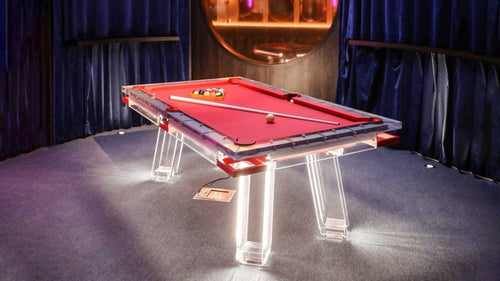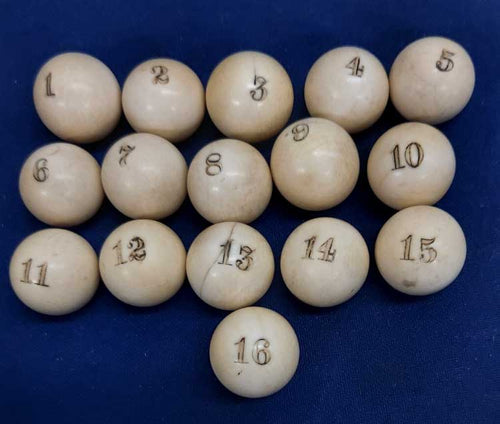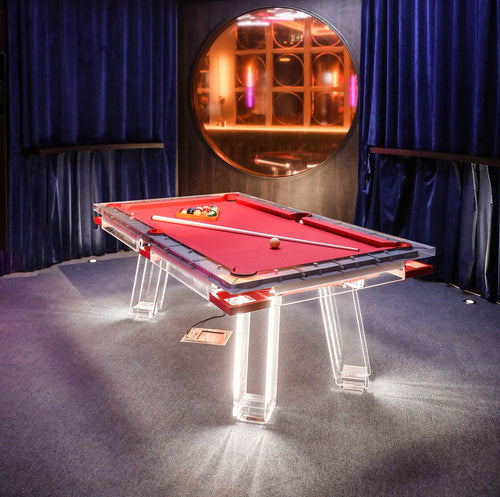Enjoy our modern designs
A Timeless Icon: The Evolution of the Dining Table
The dining table isn’t just a piece of furniture—it’s a social anchor where we gather, celebrate, and connect. Think about family feasts during holidays, where stories flow as freely as the wine, or the quiet weekday dinners that bring loved ones together after a long day. These moments exemplify how dining tables have always served as more than just functional surfaces—they’re where life happens. While the idea of sitting around a dedicated surface to share a meal may feel like a given today, the history of the dining table is far from simple. It’s a story shaped by cultural shifts, political power plays, craftsmanship, and evolving social norms. Let’s dive straight in and trace the dining table’s journey from ancient stone slabs to the elegant centerpieces we know and love today.
Ancient Beginnings: Platforms and Pedestals

Who Started It All?
- Ancient Egypt (c. 2500 BC): Early tables were more like raised platforms—stone or occasionally wood—to keep food, goods, and drinks off the floor. They were modest, functional, and often found in tombs where even the afterlife required a suitable surface.
- Mesopotamia & China: Tables here first emerged as practical solutions for artisans, providing elevated surfaces for crafting tools, carving, and creating intricate works of art or written records. In China, they appeared to serve scholars and artists who needed a sturdy, elevated surface for writing and painting.
Classical Innovations: The Greeks and Romans

From Utility to Elegance
- Greek Designs: Lightweight, movable tables were pulled close during meals, then tucked away under beds or along walls. Early “gueridon”-style tables featured single-column supports topped with small circular surfaces.
- Roman Refinements: Romans embraced similar forms, adding ornate materials like marble, metal, and fine woods. Their dining spaces—tricliniums—featured couches arranged around tables, blending comfort with lavish feasting.
The Medieval Shift: Function Over Flourish

A Return to Basics
- Early Middle Ages (Europe): Political turmoil and constant warfare disrupted the luxury of the past. Simple trestle tables ruled—plain, sturdy planks on supports that could be dismantled or moved as needed.
- Nobility & Great Halls: Lords and ladies dined in vast halls with massive trestle tables. Seating reflected strict hierarchies, with the high-born at the dais and everyone else arrayed below.
The Renaissance & Beyond: Specialization and Craftsmanship

More Intimate Dining Surfaces
- Refectories and Parlours: Over time, large halls gave way to smaller, private dining chambers. Refectory tables—long, rectangular, and often elaborately carved—could host big meals but signaled a more settled, refined lifestyle. One famous example is the refectory table at Hardwick Hall in England, known for its intricate woodwork and use in grand banquets during the Elizabethan era.
- 17th–18th Centuries: As social norms evolved, so did the table’s purpose. Dining rooms became distinct, dedicated spaces. Tables gained leaves, decorative inlays, and improved joinery, reflecting a rise in craftsmanship and personal style.
Industrial Age & Modern Shifts: Adaptation and Comfort
From Formal to Everyday Use
- Victorian Formality: In Britain and other European regions, the dining room solidified its role. These spaces were used for Sunday feasts or formal gatherings. Tables ranged from heavy, carved mahogany pieces to more elegant and minimal designs.
- North America & Australia: Dining rooms became standard in larger homes, but flexible dining spaces like breakfast nooks and kitchen islands emerged for everyday meals. Mass production in the 19th and 20th centuries made tables more affordable and diverse in style, while removable leaves allowed for easy resizing.
The Dining Table Today: Choice and Personal Style

A Modern Essential
- Global Influences: Today’s dining tables draw from centuries of ideas. Scandinavian simplicity focuses on clean lines and functional beauty, Japanese minimalism emphasizes harmony with nature, and American farmhouse designs bring rustic warmth. These styles all reflect historical cross-pollination.
- A Place to Gather: Modern homes often reserve dining rooms for special occasions, turning everyday meals to the kitchen counter or a small breakfast nook. Yet the dining table endures as a symbol of hospitality, community, and shared experience. Convertible gaming tables, for instance, blend entertainment and utility, shifting seamlessly between dining and play.
The Bottom Line
The dining table’s story is one of constant reinvention. From rough stone slabs in ancient kingdoms to polished centerpieces that anchor modern family life, it’s a piece of furniture that has moved with us through changing eras and shifting tastes. Knowing its roots doesn’t just add historical flair—it gives a deeper appreciation for that solid surface where friends and family come together to eat, laugh, and share stories.
This journey turns a once-routine object into a window on thousands of years of human creativity, culture, and camaraderie—reaffirming its role as a social anchor where we gather, celebrate, and connect. Enjoy that next meal with a bit more perspective.


















